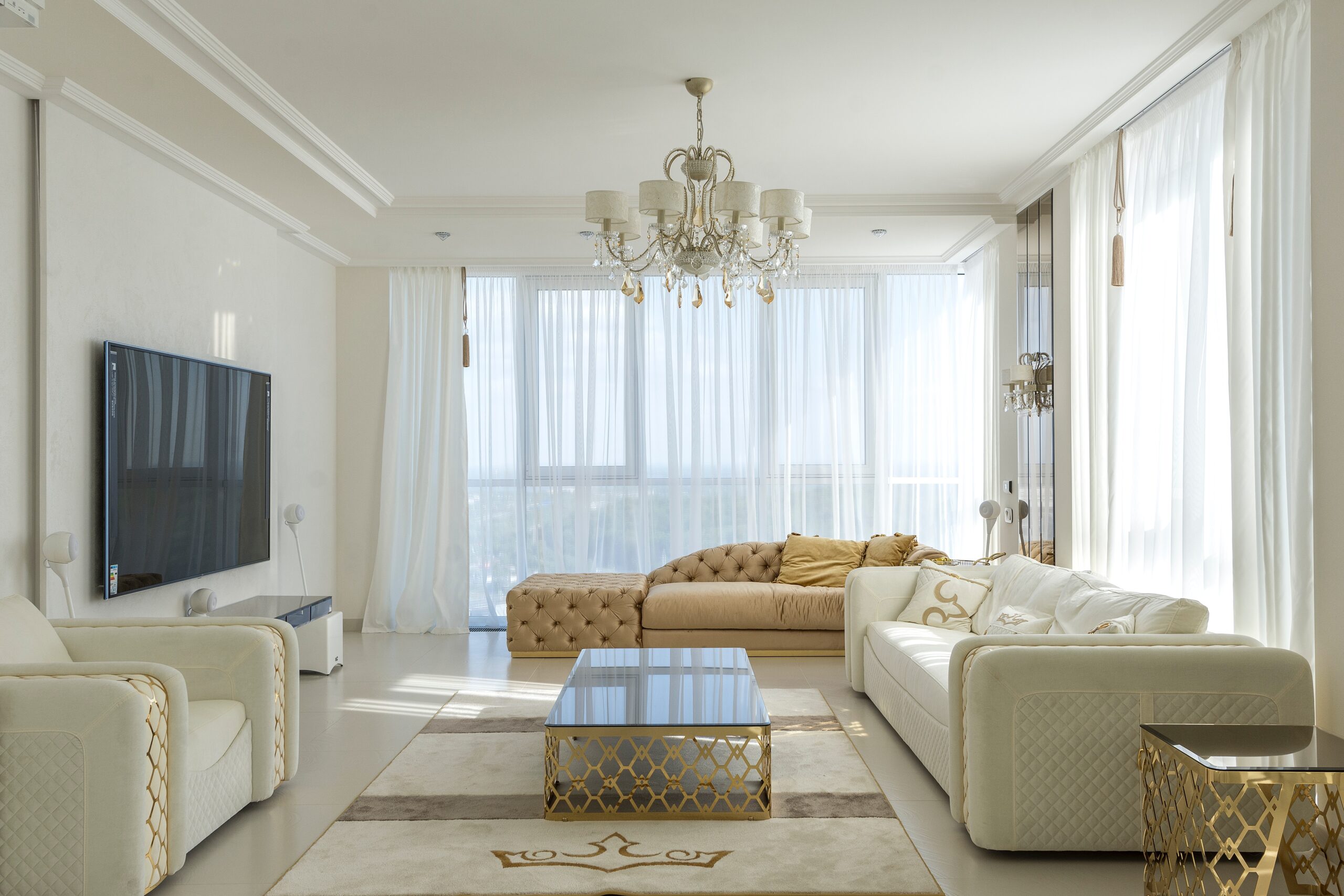Cleaning and care of chandeliers.
How often should you clean your chandelier?
Keeping your light fittings clean and fresh looking should be (at least!) an annual job. Quite often, cleaning your light fitment is a neglected task and is especially true for chandeliers, because they look so fragile and delicate and therefore prone to damage. It’s usually just a lack of knowledge that stops us maintaining the original sparkle of our prized possession, as it’s not as complicated as it looks; you will need to take care and use suitable cleaning materials, however with a bit of attention, your light will be as bright and impressive to your guests as when it was new.
How do you clean a chandelier?
• Switch of the power both at the fuse board and the light switch.
• Replace any light bulbs that have blown, it may be prudent to replace with LED light bulbs as these as much longer lasting and have a very low energy consumption. Lightly clean the glass of any bulbs that did not require replacing.
• Use a feather duster or a light muslin cloth and gently flick around the light to remove cobwebs and dust. Any branches of the light that are unembellished may be dusted. There is no need ever to use water on your light fitments. Most metal fittings are coated with a lacquer and wetting lights may not only damage the fitting but is dangerous too.
• Lights that are bedecked with crystal droplets take a little extra care. It can be tricky removing each crystal one at a time and great care is needed so that the crystal fastenings do not break. Our top tip here is use a spray crystal cleaner; however you need to follow these tips:
• Keep the power off, spray with crystal cleaner
• avoiding the bulb sockets; they can be covered with kitchen roll or a plastic bag whilst you spray the light
• Ensure the floor below the light is covered with plastic, towels or cardboard to protect the floor covering or carpet.
• Follow the instructions for each crystal cleaning product.
• Often the cleaning fluid is like a mousse that just drips off the fitting removing dirt and grime with it.
• There may be additional safety equipment needed such as masks, glasses and or gloves.
• The room may also require ventilation.
• Once the preparatory cleaning material drips or dries off you can gently buff the crystal back to its former shine.
What are the best light bulbs for a chandelier?
Oval shaped light bulbs always look super in a chandelier, in the lighting trade we call these candle bulbs as they replicate the shape of a candle flame. In most European countries, the majority of lights take a “screw in” type bulb, known as an Edison screw cap, but some UK style candle bulbs are a push in and turn type of bulb (known as a bayonet cap). To complicate further there are small and lager caps, a small Edison bulb (SES) can also be called an E14, the larger size is a E27 (or ES). In the bayonet range a small bayonet cap (SBC) is known as a B14 and the larger size – a B22 (or BC).
Your light fitting will normally have a small sticker next to the lamp holder telling you which bulbs to buy and what the maximum wattage should be. They are small stickers and sometimes they may be hidden under the candle sleeve (a tube of metal or plastic that sits below the light bulb), lift this up slowly (only if you need to establish the required light bulb) as sometimes there are spring clips below just waiting to give your fingers a nasty pinch, which can be a bit of a surprise and make you jump, not what’s needed or recommended when you are at the top of a ladder!
Here at the candletubes.co.uk we’d always recommend using LED bulbs as they are very low energy but give a nice level of illumination and have a much longer life. There’s options for dimmable led candle bulbs too.




